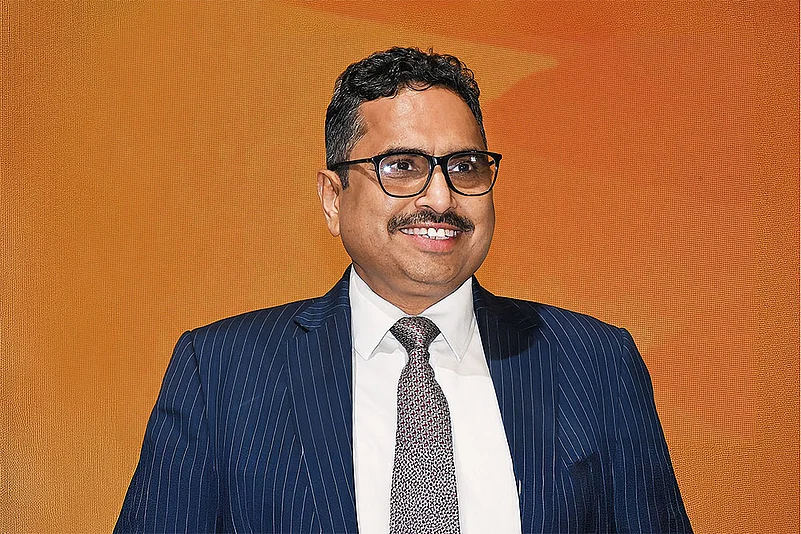What do you want to achieve with the inaugural edition of WAVES 2025?
The prime minister thinks that the media and entertainment industry is very vibrant and important. It's the right time for this industry to become global. We are the world's biggest content creator and content consumer. We have a history [of storytelling], which dates back to 4,000 years, across oral, written and visual traditions. Starting from the sound of Om to our Vedic scripts to Natya Shastra to films.
So, it's important that we create an event where we can bring global eyeballs. With this vision that the World Audio Visual Entertainment Summit has been planned. And this is going to be one of the world's first convergence events across all forms of media and entertainment.
On one hand, we are bringing together traditional media such as radio broadcasting and films; on the other, we’re also embracing the new-generation platforms—social media, OTT, content creators and influencers. In addition, we’re including emerging segments like visual effects, gaming, comics, and extended reality.
The tagline of WAVES is "Connecting Creators, Connecting Countries".
Do you think the creator economy has enough depth to financially support over 4mn creators?
Spend is increasingly shifting toward digital. Many of those you call content creators, I refer to as brand advertisers. Today, advertising has become hyperlocal. Many of them have evolved into brand advertisers, and some are now acting as consultants to companies because they are closest to the demand side and understand what people in the field actually need.
And it’s not just about advertisements. There’s this larger concept of how to convert craft into commerce. For example, animation isn’t just about entertainment anymore. You can use visual effects and animation to create games, and those games can be adapted for education.
There’s an entire segment emerging around virtual reality, augmented reality and other immersive tools. This is a very important area that has the potential to drive the economy and generate employment.
Just as we have IITs for technology and IIMs for management, we will have Institutes of Creative Technologies
We interacted with a lot of content creators and an interesting point they raised was that catering to foreign audiences results in better earnings. Is the government considering any policy to support this?
The whole concept behind WAVES is to bring global creators to India because there's a huge market here. At the same time, Indian creators should be able to reach global audiences so they can access larger markets, gain greater exposure and evolve into world-class talent.
There’s also a plan to establish an institute for creators.
The Indian Institute of Creative Technology has been approved by the Cabinet. A company has already been incorporated, and its temporary campus is set to become operational within the next month.
It will be based in Mumbai. Ten acres of land have been allocated in Film City, Goregaon. This is a joint venture, an industry-led initiative that will help Indian creators better integrate creativity with technology.
Over the long term, the vision is clear: just as we have IITs for technology and IIMs for management, we will have IICTs dedicated to creative technology.
Many people in the creator ecosystem work in the backend doing tasks like video editing and other post-production work for creators abroad. Is there any initiative to support this segment of the creative workforce?
There are 32 challenges under Creative India Challenge Season–1. These aren't limited to traditional areas like music or performing arts. Many of them focus on emerging fields like visual effects and participants will also be working on creating intellectual property. So, there are a lot of exciting possibilities.
On the other hand, meeting these opportunities will require a skilled workforce and that’s where IICTs are expected to play a crucial role.
As WAVES is happening in Mumbai, how do you see the ongoing slowdown in the industry? Is there any strategy to help the Bollywood get its mojo back?
This initiative isn’t just about Indian cinema or Mumbai. It includes voices and talent from across the country. And it's not limited to cinema alone; it encompasses all verticals of media and entertainment.
Naturally, there will be ups and downs, and disruption is a key factor as technology has been significantly transforming this sector.
In this context, it's essential to create a platform that is dynamic enough to adapt to evolving needs and ensure the necessary government support is in place. This will help the industry keep pace with the rapid changes happening in the business landscape.











